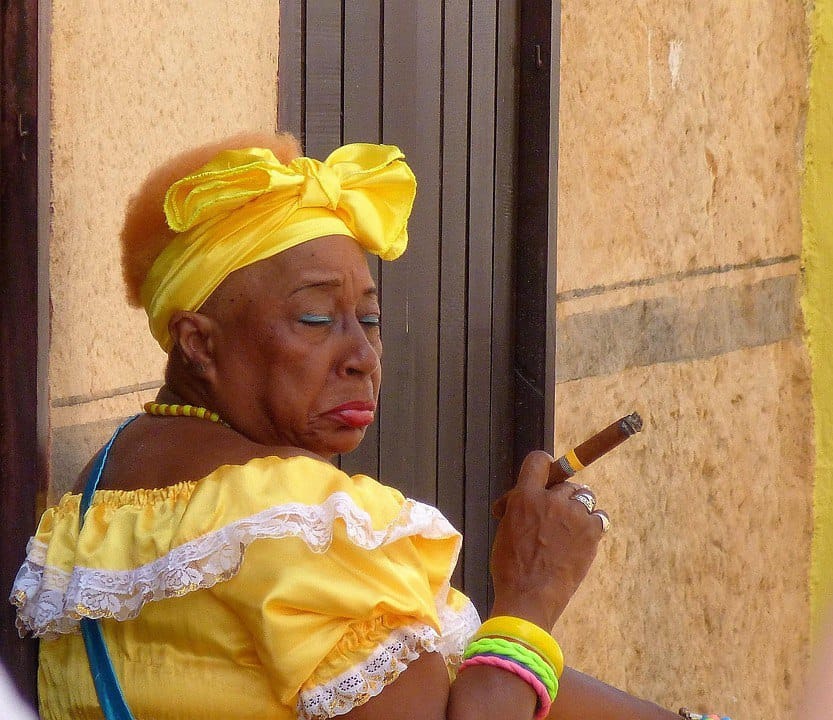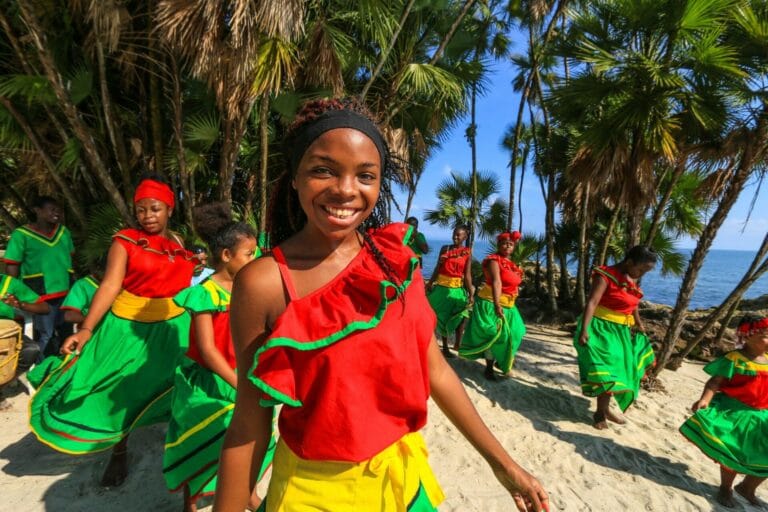Almost since the encounter between Spanish and aboriginal cultures, the history of Latin America and the Caribbean, mainly in Spanish-speaking countries, has been marked by strong transculturation processes. Subsequently, the introduction of slave labor in the Spanish colonies included Africans in these processes.
Cuba did not escape from this reality. The mixture took place in different areas and, in a few years, language, religion and customs had become a diffuse jumble where three cultures, three histories, three continents merged, beyond the dominant and dominated, conquerors and conquered.
Cuban researcher Esteban Morales argues that, although the study of the human genome revealed the ethnic uniqueness of Cuba, history had already demonstrated it long ago, since Cubans descend “from a common process, in which whites, blacks (Europeans and Africans, also mixed earlier), aborigines, Chinese and others, were always mixed, to produce that physiognomy so varied externally, but merged into a single multicolored and multiracial ethno; in a single culture of a very high level of integration”.
Considering the above, we invite you to learn about five contributions made by African culture to Cuban culture, in order to continue legitimizing the role of that continent in the construction of the national identity of the Caribbean country.
- Natural medicine
The Africans were brought to Cuba by illegal traders who reached the coasts of that continent and devastated the populations they found in their journey. They were forcibly loaded onto dark ships, where they traveled in overcrowded conditions for weeks to lands on the other side of the world, where they would be sold as slaves. Some died on the trip because they contracted infectious diseases that were impossible to cure. It is said that many were kings, princes or had privileged positions in their tribes; but once inside the ship they were unaware of the uncertain future they faced.
The characteristics of the lifestyle they were leaving behind were suitable for them to find healing in the resources of nature. Thus, when they arrived at their destination, they discovered the existence of plants similar to those found in their lands of origin, with natural properties to achieve healing effects.
Living in the so-called barracks, being forced to work from sunrise to sunset and being denied specialized medical assistance most of the time, it was necessary to take advantage of the ancestral knowledge inherited from their parents in order to heal and survive. Such practices were passed down from generation to generation, until they spread throughout the island.
In this way, plants such as mastic to cut flu or cold processes, bloody diarrhea or cure hernias; trumpet tree against all kinds of sores; bamboo to reverse the effects of bronchial asthma or dayflower to prevent eye ailments, among others, were deeply rooted in the healing practices of Cubans through the centuries.
- Religious syncretism
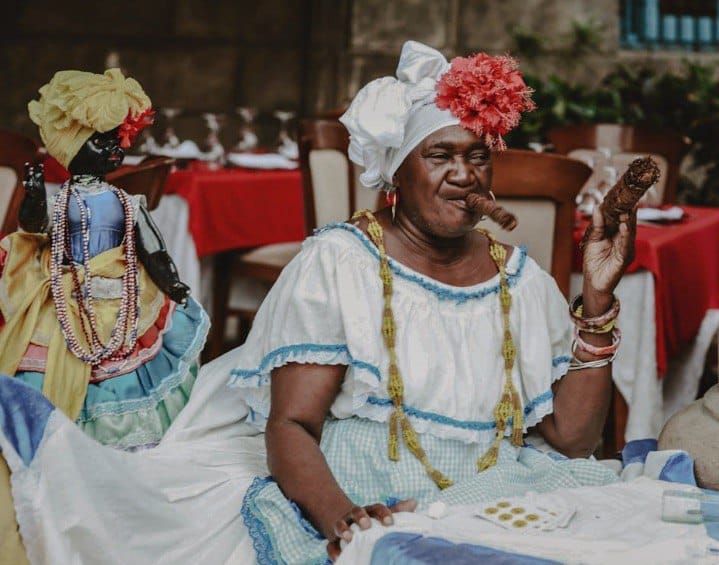
Around 1510, the year in which the process of conquest and colonization of the island of Cuba began, the Spaniards not only imposed their way of life on the aboriginal population, which they gradually displaced until it almost disappeared, but also imposed Christianity as the official religion. This is how Catholicism spread throughout the island.
When the Africans arrived in Cuba, with other religious practices based on the worship of other gods, they encountered the prohibition of the Spaniards and Creoles to allow these cults to spread. This is how a process of transculturation started, which is known as religious syncretism, according to which Africans began to worship their gods through the images of the Catholic religion.
The Virgin of Charity became Oshun, goddess of love; Santa Barbara became Changó, god of thunder and lightning; the Virgin of Regla became Yemayá, goddess of the sea and mother of all the orishas; San Lázaro became Babalú Ayé, god of the sick and dogs; the Santo Niño de Atocha became Elegguá, who opens and closes roads; the Virgin of Las Mercedes became Obbatalá, goddess of purity and intelligence; among others.
Currently, religious syncretism is expressed in the practices associated with Santeria, also known as Regla de Ocha.
- Culinary culture
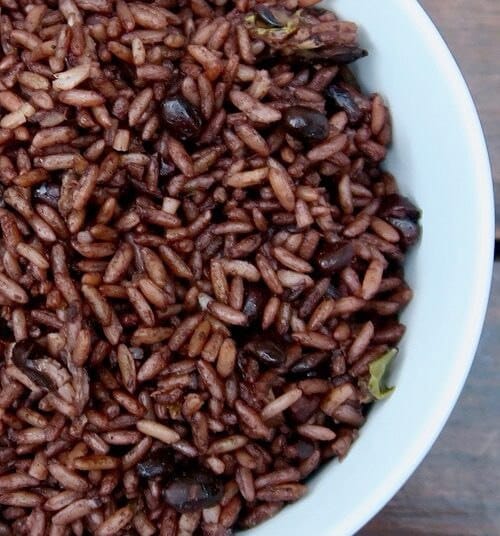
Many African women were brought to the sumptuous residences of Creole landowners to serve in various areas, including the kitchen. In this way, the influence of Africa began to take a leading role in the Creole seasoning, and little by little dishes were introduced that were gaining ground in the daily menu of Cubans.
The introduction of boiled foods, such as yams, or fried foods such as fried plantain slices or tostones, fried malanga or pumpkin, began to form part of the food complements that accompanied the food of Cubans.
Typical Cuban dishes such as congrí, had their genesis in the barracones, where rice was cooked with red beans, lard and spices that gave it flavor. A variant of congrí, made with black beans, is popularly known as moros y cristianos.
Similarly, okra began to be part of the national menu thanks to the fact that it was brought to the island by African communities to counteract the dryness of rice, cod and tasajo with viands became easy to prepare, as well as ajiaco, a mixture of boiled viands with different pieces of meat.
Drinks such as the so-called prú oriental, made with roots of different plants that give them a peculiar flavor and natural effervescence, are also part of the heritage of African culture that has deeply permeated the culinary habits of Cubans.
- Vocabulary
From the linguistic point of view, Cuba has also received contributions from African culture. Researchers indicate that, being in the Caribbean region, the island, along with Puerto Rico, the Dominican Republic and parts of Colombia and Venezuela, has received considerable influence from African languages.
Words such as “asere”, “monina” or “ecobio” have transcended to the present day to name friends or companions. In a similar way, the names attributed to parts of the body are distinguished, such as “bemba”, in reference to the lips, or “ñata”, to name the nose.
Other words such as “cimarrones”, referring to the rebellious slaves who escaped from the barracks to take refuge in the ‘palenques’; “ñáñigos” to frighten children with mysterious men who could steal them if they misbehaved; “dengue” to name the “dengue fever” caused by the bite of the Aedes Aegypti mosquito or ‘babalawo’, in allusion to the priest who officiates the “yoruba” religion are terms that are part of the popular speech of Cubans, and were bequeathed by the communities of Africans who inhabited the island.
- Music and folklore
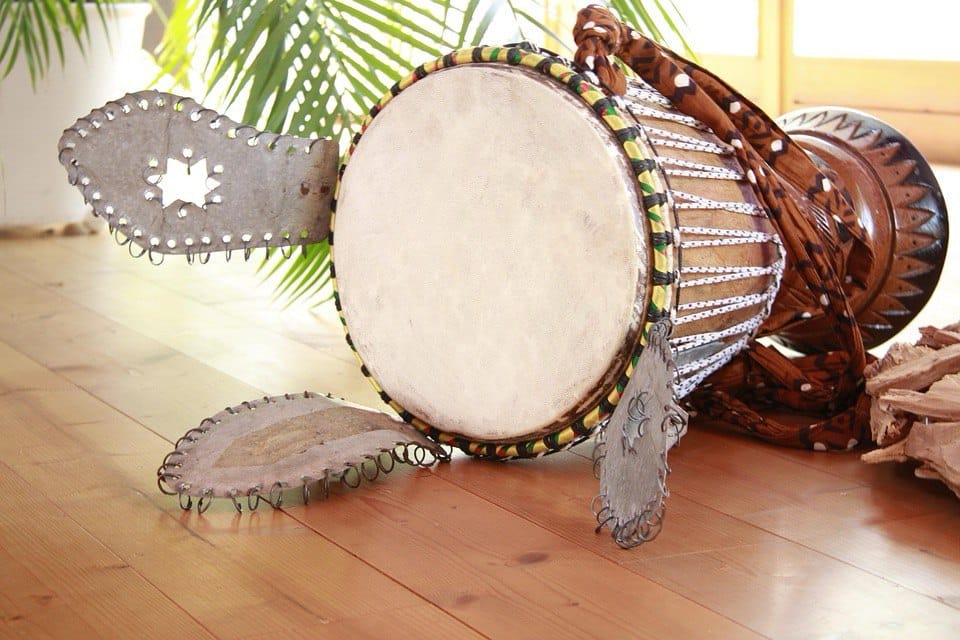
From the isolation of the barracks, and to face the nostalgia of the imposed remoteness, the Africans also found shelter in the musical melodies they played in their distant lands.
The resilience that was imposed on them, forced them to build their own musical instruments, taking care that they resembled those they had left in their lands. Hence, every night after work, it was necessary to play, sing and dance to counteract the sadness and express their longing for freedom through music.
The musical tradition, with the rhythms inherent to the African culture, spread from one generation to the next, taking care to preserve the ritual practices, the ways of drumming and chanting. Such rhythms were influencing the creation of indigenous rhythms of Cuba, such as rumba or son, to which rhythm patterns, melodies, songs in décima (ten-line stanza of poetry) and batá drums were incorporated, with a peculiar sonority.
The aforementioned contributions indicate that, although the years of the Spanish Colony in Cuba constitute a bloody page in the history of the country, the contributions of African culture to the Cuban identity are undeniable, and constitute a bulwark of utmost importance in the social construction of the citizen of the Caribbean island today.


